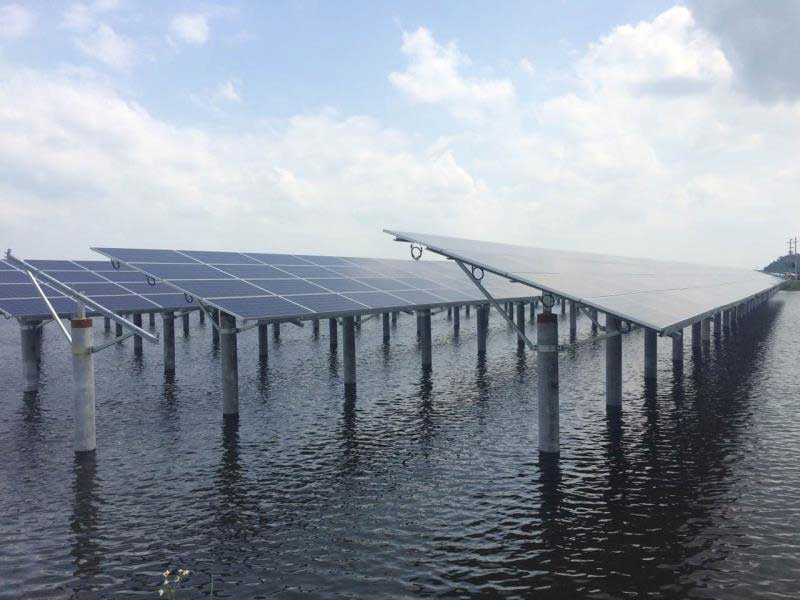Solar’s bright future is further away than it seems

THERE is now a doctrine of what I call “solar triumphalism”: the price of panels has been falling exponentially, the technology makes good practical sense, and only a few further nudges are needed for solar to become a major energy source. Unfortunately, this view seems to be wrong. Solar energy could be a boon to mankind and the environment, but it’s going to need a lot more support and entrepreneurial and policy dynamism.
Varun Sivaram, in his forthcoming Taming the Sun: Innovations to Harness Solar Energy and Power the Planet lays out this case in what may be the first important policy book of 2018. To be clear, Sivaram, who holds a doctorate in physics, is a solar expert and an energy adviser — he’s no enemy of alternative energy sources. He thinks government should increase its support for energy research and development, aiming at diverse pathways, applied at various stages of technology development, and targeting game-changing breakthroughs. In other words, we need to recognize the limitations of today’s solar power if we are going to make it really work.
The first disquieting sign is that solar companies are spending only about 1% of their revenue on research and development, well below average for a potentially major industry. You might think that’s because things are going so great, but some major solar users may have already maxed out their technology. According to Sivaram’s estimates, four of the five most significant country users — Italy, Greece, Germany, and Spain — have already seen solar energy flatten out in the range of 5% to 10% of total energy use. The fifth country, Japan, is only at 5%.
Germany and the state of California have experienced operational problems as solar has grown as an energy source. Because the sun isn’t continuously available, solar power at large scale doesn’t integrate well with the electric grid, which favor steady sources such as fossil fuels or nuclear. Solar power creates an expense for the whole system, even if the panels themselves are cheaper.
Silicon technologies dominate the panel market today, but Sivaram sees greater dynamic potential in perovskite, organic and quantum dot solar cells, and possibly orbital solar power satellites. Breakthroughs in those areas might lower costs and increase solar potency, making the calculus more favorable to green energy.
A common view is that solar power will come into its own once batteries and other storage technologies make steady improvements. Yet Sivaram notes that lithium-ion batteries in particular are not well-designed for storage across days, weeks and months. Also note that about 95% of global energy storage capacity is from hydroelectric power, a discouraging sign for the notion that solar energy storage is on a satisfactory track.
Promoting solar energy also isn’t in the interest of regulated utilities. They fear a scenario where many users deploy solar power to detach from the energy grid, either wholly or in part. Other customers’ bills would have to rise to cover the costs of the grid, and that in turn would encourage even more secession into solar and alternate energy sources. Because that scenario is a financial loser for the utilities, regulatory institutions discourage utilities from integrating solar power into the grid, which limits competition.
Solar energy has great potential for emerging economies, but some very basic preconditions are not in place.
India, for instance, would need to end its kerosene and electricity subsidies. Freer trade in solar technologies is found in Tanzania and Rwanda but not always in West Africa.
In sum, just improving silicon panel solar technologies may not be enough. Sivaram calls for “systemic innovation,” based on “refashioning entire energy systems — including physical infrastructure, economic markets, and public policies — to enable a high penetration of solar energy.” I would add that we should reconsider the abandonment of nuclear energy, a topic that Sivaram touches upon but does not emphasize.
One lesson is that marginal improvements aren’t always enough, and economic dynamism is more important than we have been realizing. A whole series of integrated breakthroughs may be required to move significantly closer to a green energy future. I do think the US will eventually get there, but after reading Taming the Sun, I have to wonder if we are up to the challenge now.







